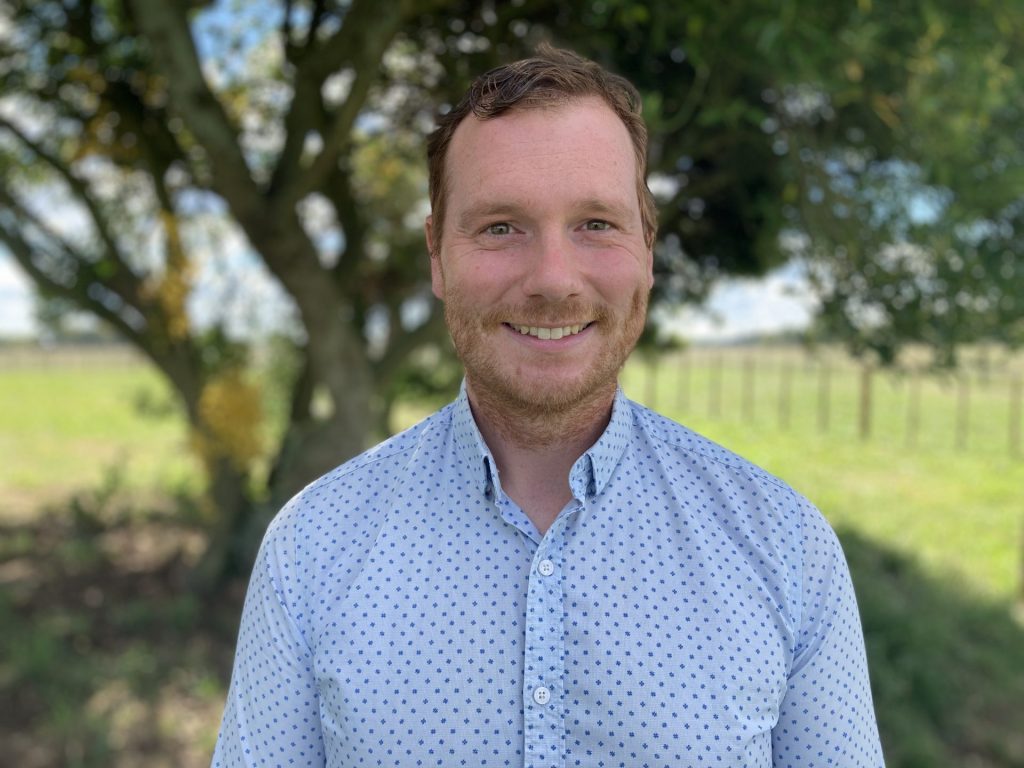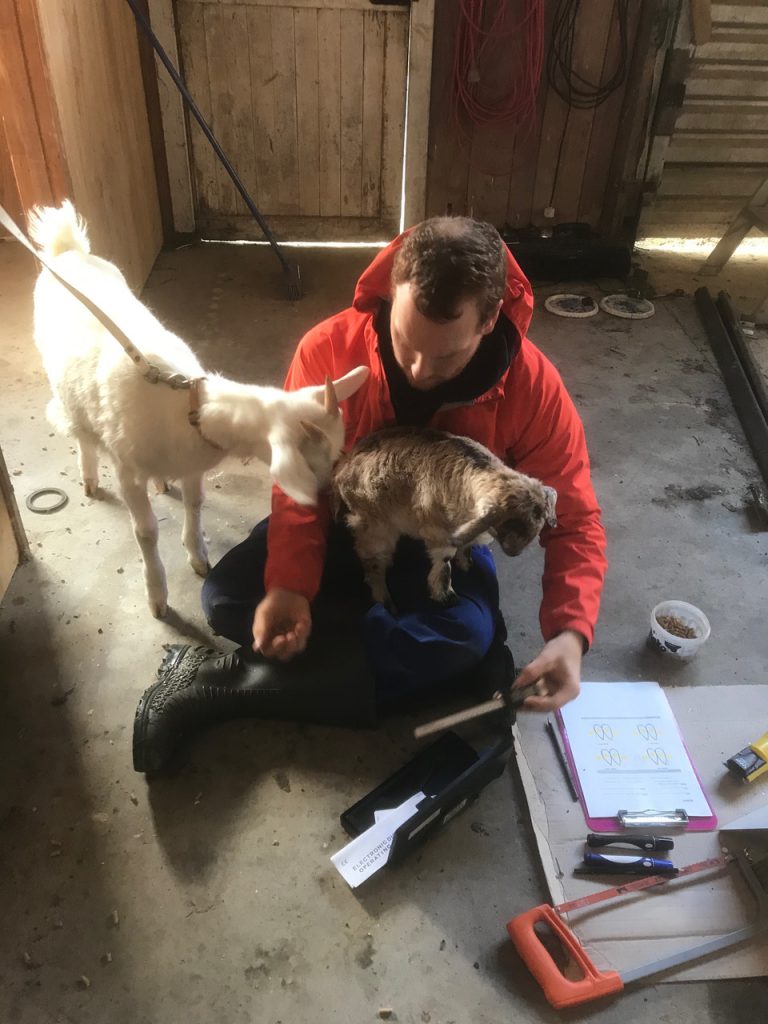Ngā Pī Ka Rere spotlight: Kevan Cote, using machine learning to answer ecological questions
Kevan Cote’s work at AgResearch first involved tracking the welfare of goats, and more recently for Eco-index he’s creating systems to distinguish between ecosystem types. Two very different subjects, but with a fascinating common factor at play: machine learning. BioHeritage talked to Kevan about the possibilities in this field - from identifying investments in our ecosystem, to ascertaining at a glance how the ecosystems grow and change over time.

Kevan Cote grew up outside of Vancouver, Canada. He attended the University of British Columbia, where he received a Bachelor of Applied Science in Mechanical Engineering.
“I started my career as a manufacturing engineer, so nothing to do with ecology,” says Kevan.
He ran a large manufacturing plant for a number of years before he and his wife, Gosia Zobel, relocated to New Zealand, where she had been offered a job at AgResearch in Hamilton.
When they arrived, Kevan struggled to find engineering jobs. So he turned to his other passion: data.
“I’ve always loved data,” says Kevan. “It was part of manufacturing as well – measure as much as you can and look at all of the data.”
Armed with this fascination with data and some programming skills from university, Kevan joined the AgResearch animal welfare team. For one project, the team would gather months of footage of goats under different conditions to determine and ensure their welfare. It was the job of interns and students to watch these videos and note down actions of the animals.
“It’s hugely tedious work and no one wants to do it,” says Kevan. “My job was to automate this process.”

This work exposed Kevan to machine learning and object detection. He learnt how to use programming to sift through video and images and accurately determine and collate objects and behaviours.
“I had a chance to collaborate with some of New Zealand and Australia’s best professors in machine learning,” says Kevan. “It was a great experience.”
Kevan is applying his machine learning skills in his role at Eco-index. This BioHeritage research programme is developing a new approach to efficiently assess the overall state of ecosystems remotely.
“We have high resolution satellite images, but as with the months-long goat videos, no one wants to sift through and manually capture everything.”
Instead, Kevan and the team are creating “detectors”. An example of a detector could be an ecosystem type, like a wetland. A wetland detector would go through an image and identify whether or not parts of the image were consistent with a wetland ecosystem.
“We want to see if we can make a wetland detector that can distinguish between a piece of native wetland and somebody with a lifestyle pond in their backyard.”
Detectors can be used to measure the state of an ecosystem at a point in time. These measurements can be combined to show change over time.
“We can look at imagery over a year and see, for example, how the canopy cover of a native forest has changed or grown,” says Kevan.
These tools can be synthesised to measure the impact of investments in our ecosystem.
“If someone has put up fencing to keep cattle out of a native stand of trees, that’s investment into restoring an ecosystem,” says Kevan. “We want to be able to detect that investment and measure the returns of that investment into our ecosystem.”
It is still early days in the project, but Kevan is excited to keep learning and growing with Eco-index.
“It’s amazing how fine-scale you can get with machine learning tools,” says Kevan. “It’s really increasing the volume of the data we can use to measure change in our ecosystems.”
Posted August 2022.